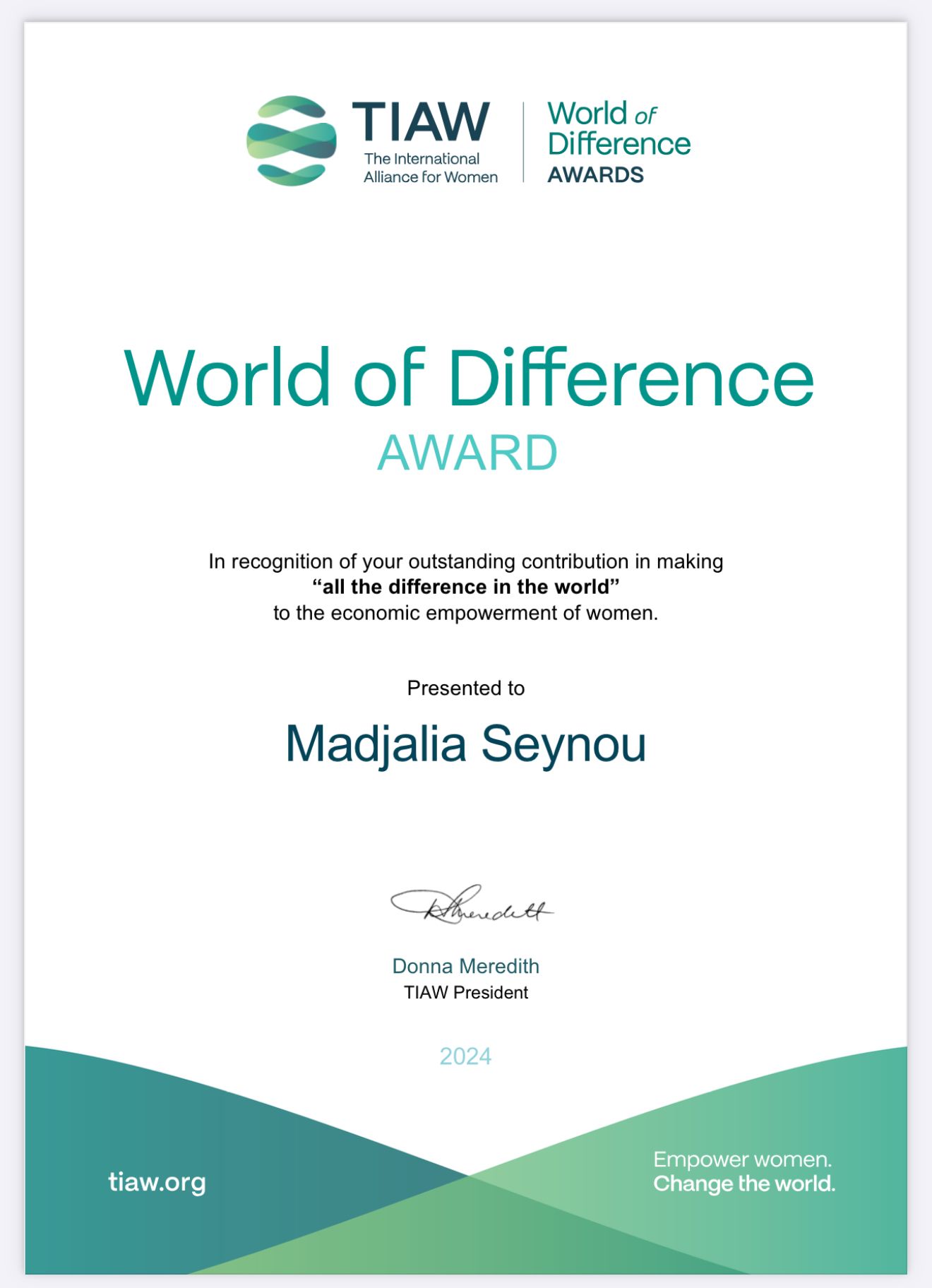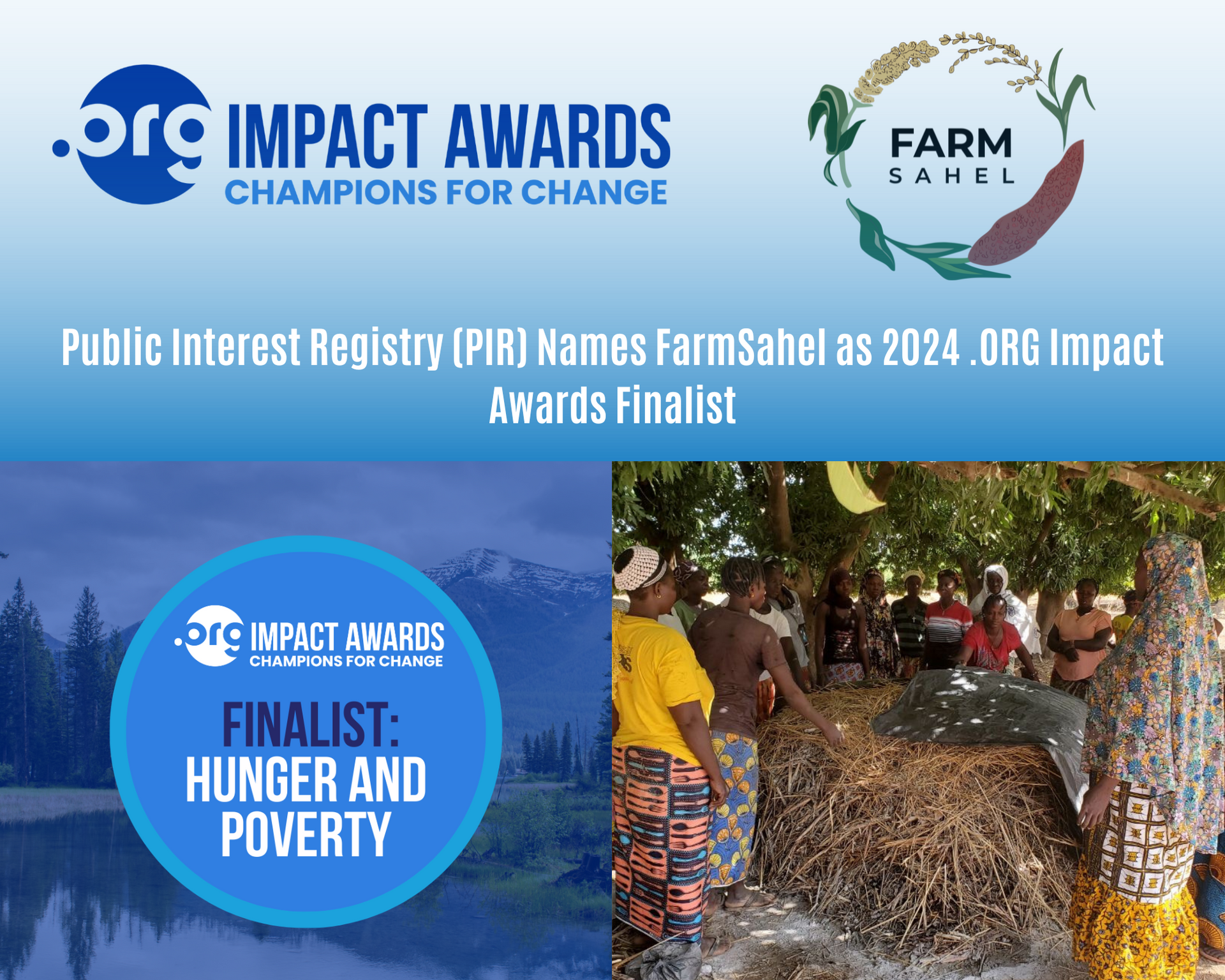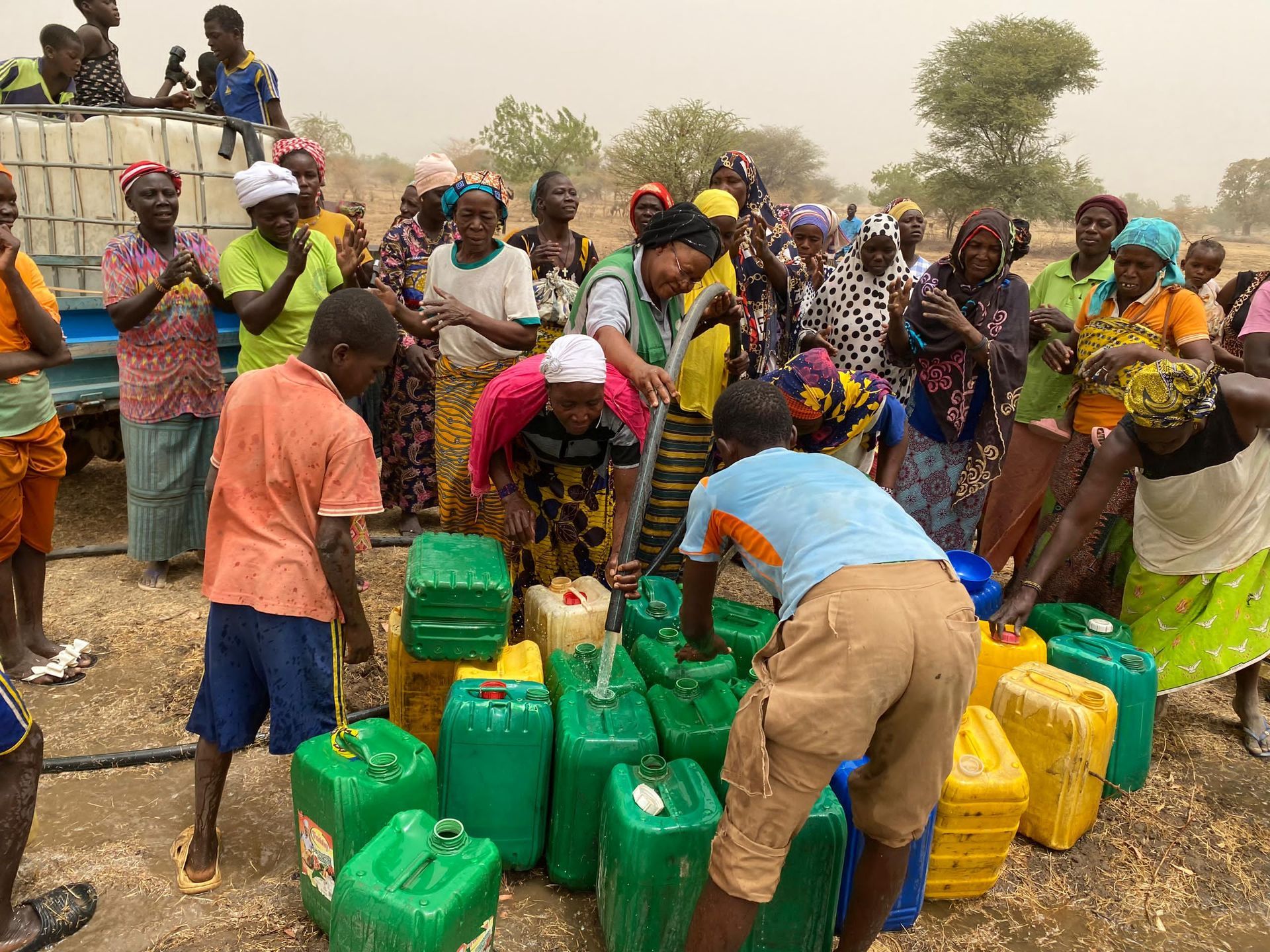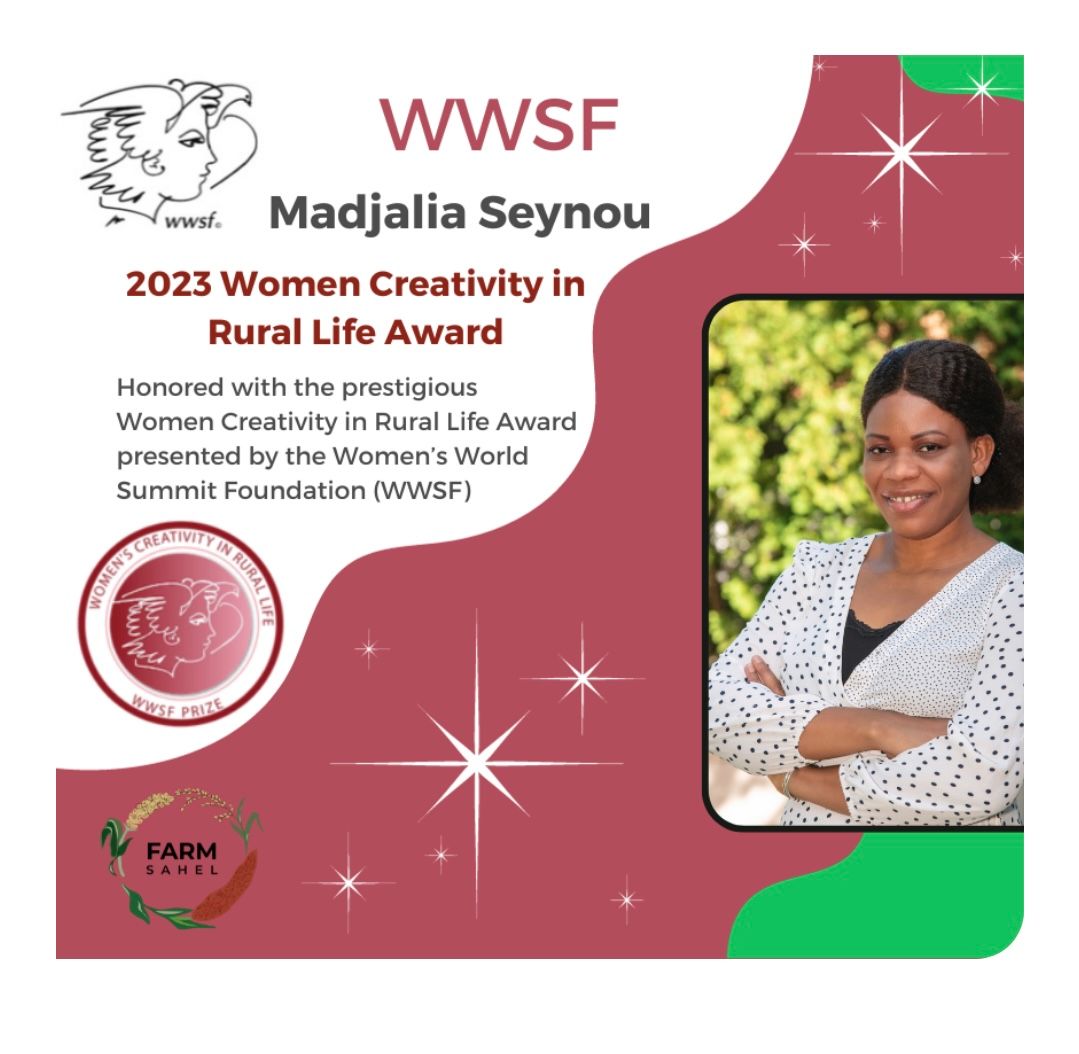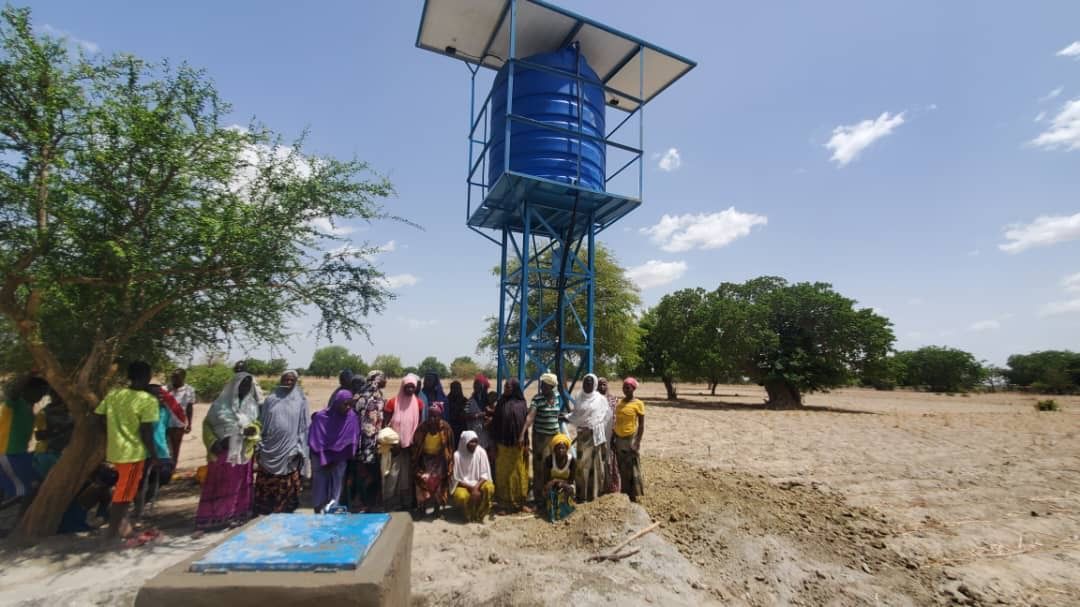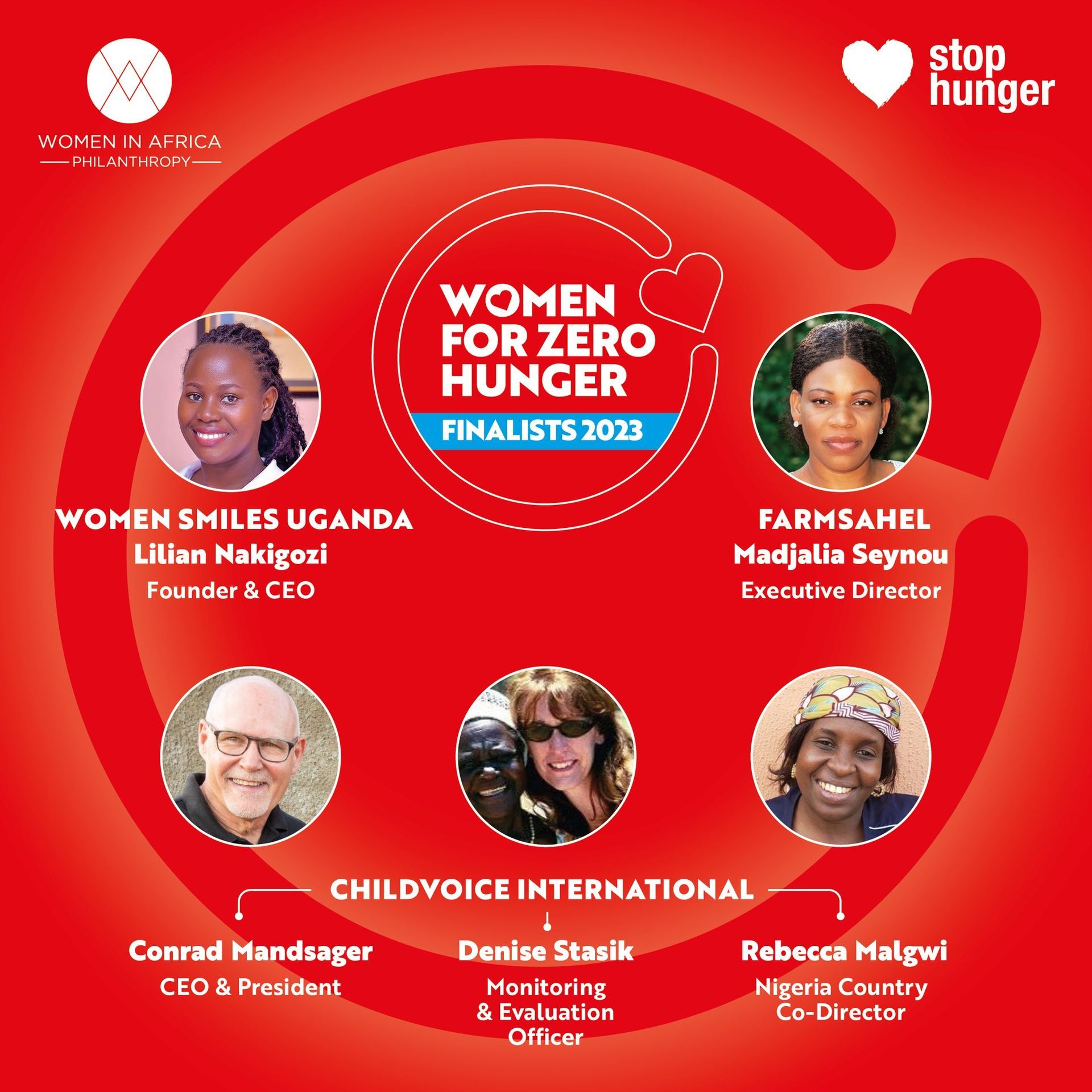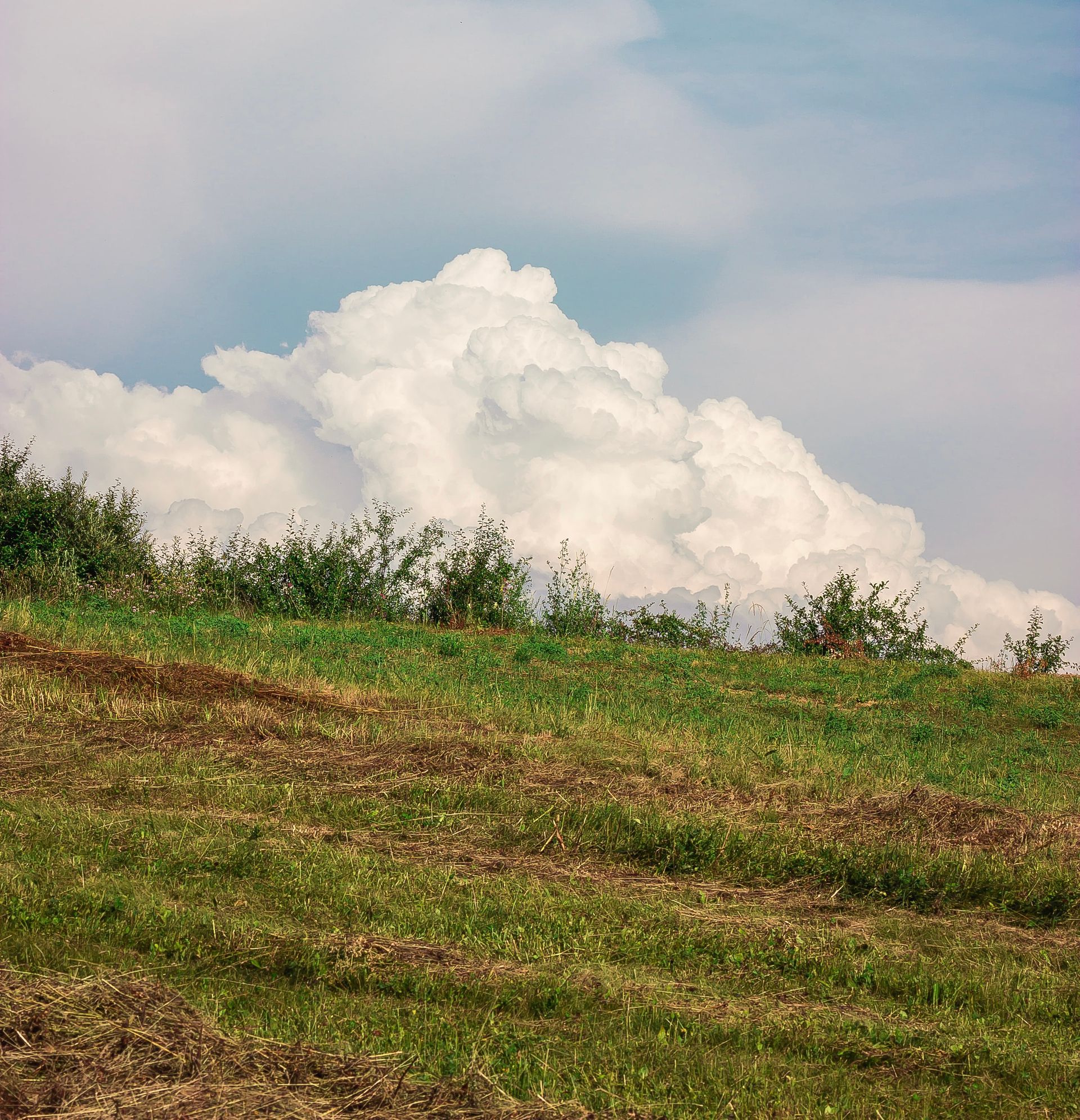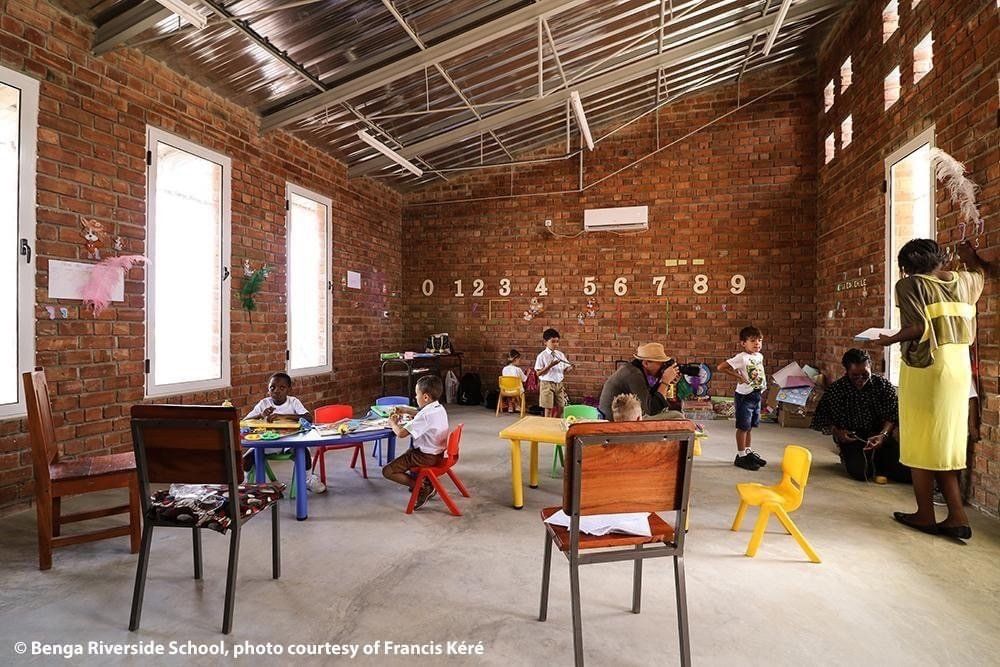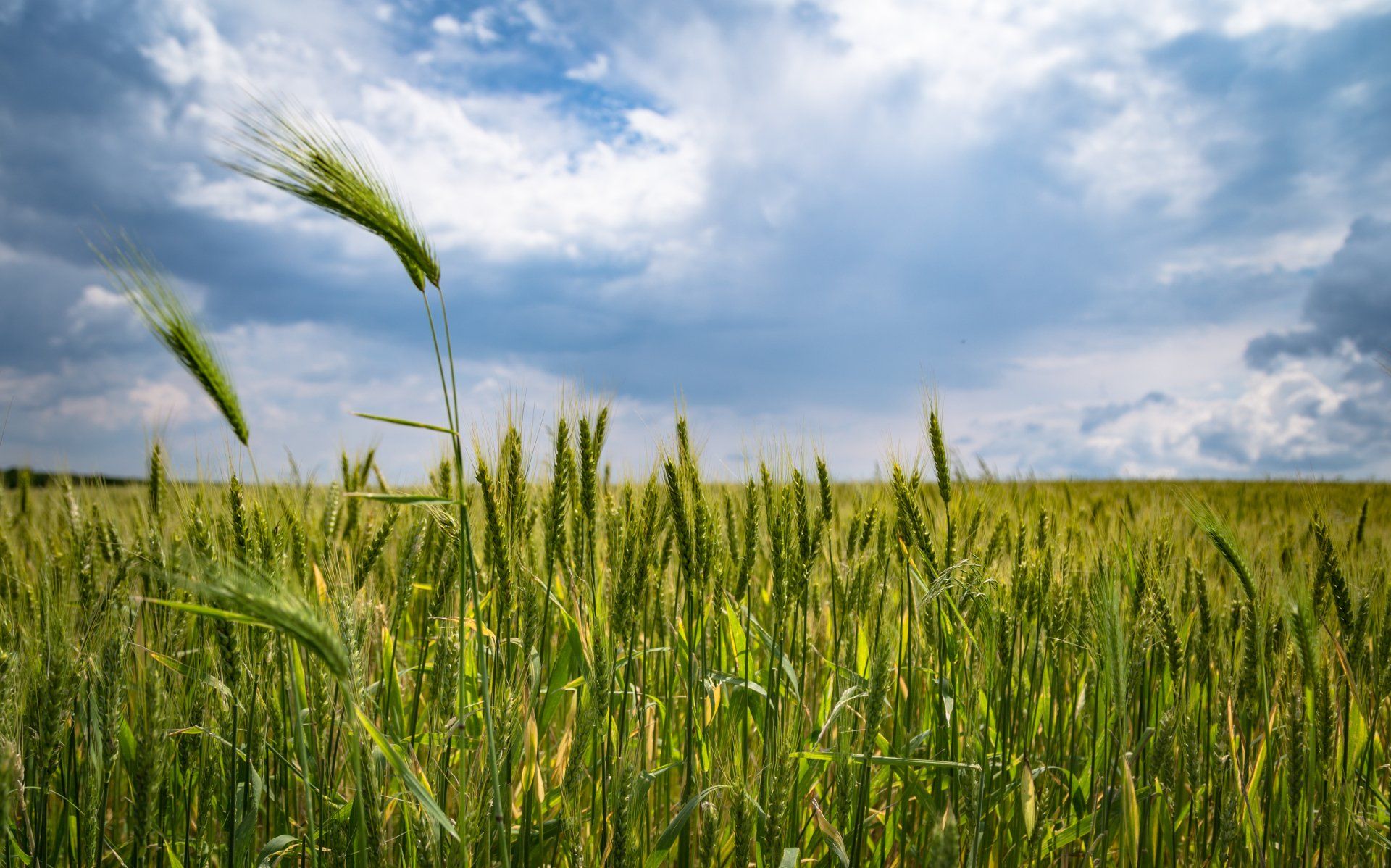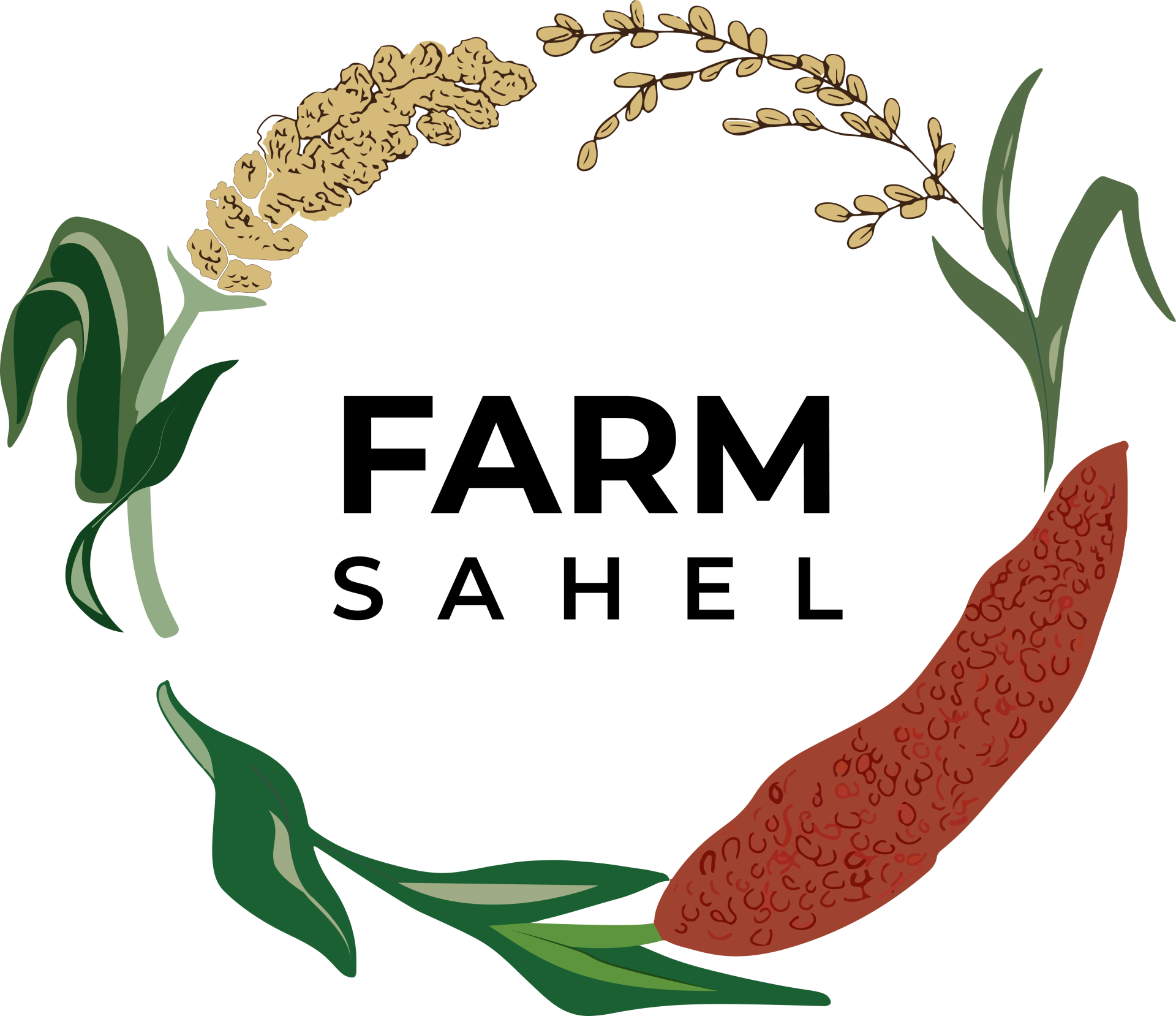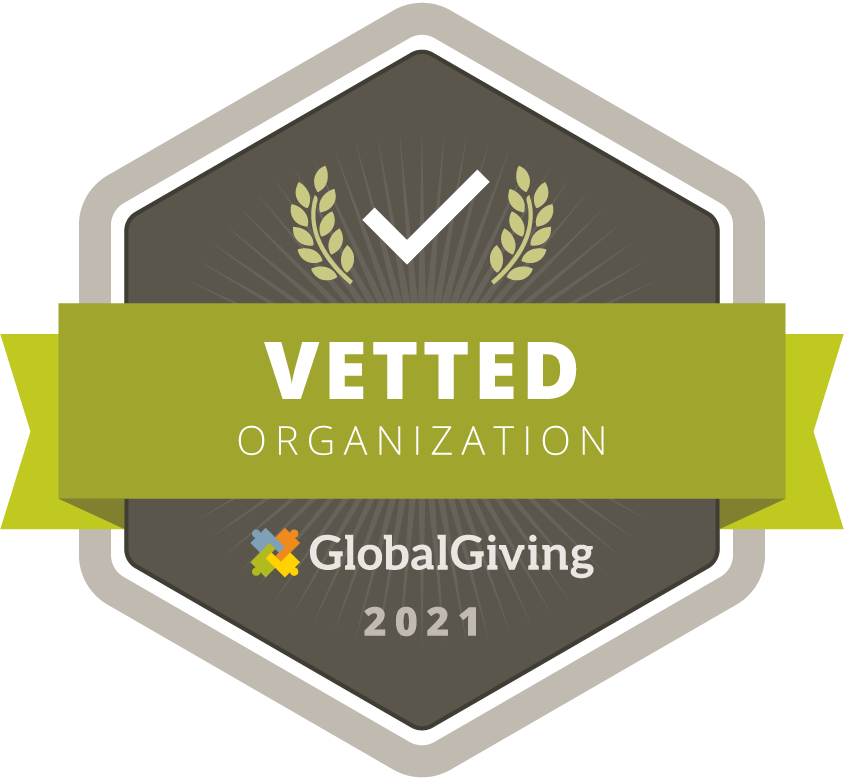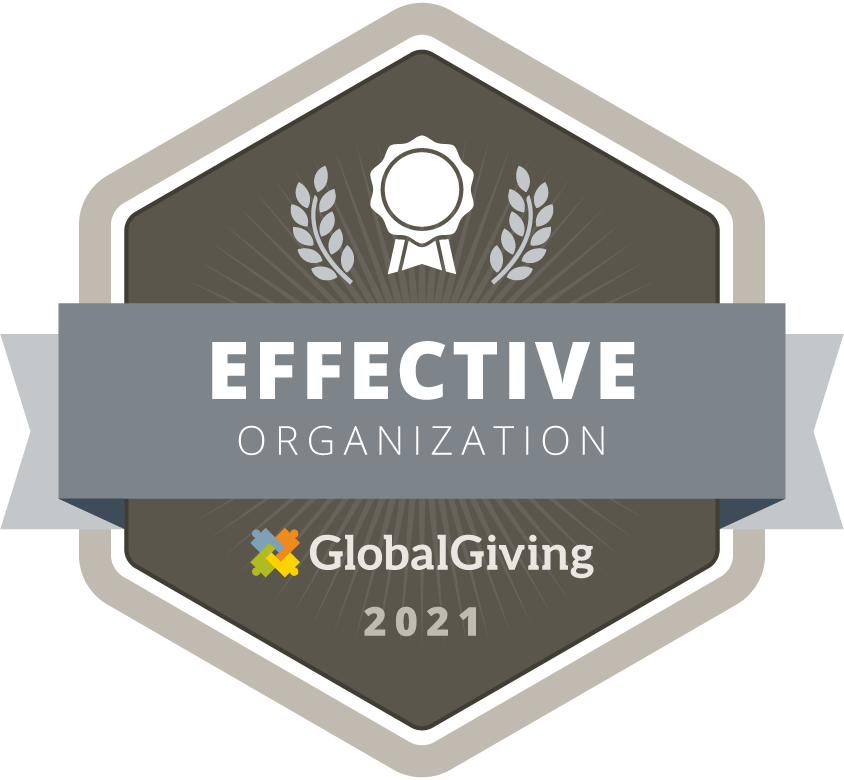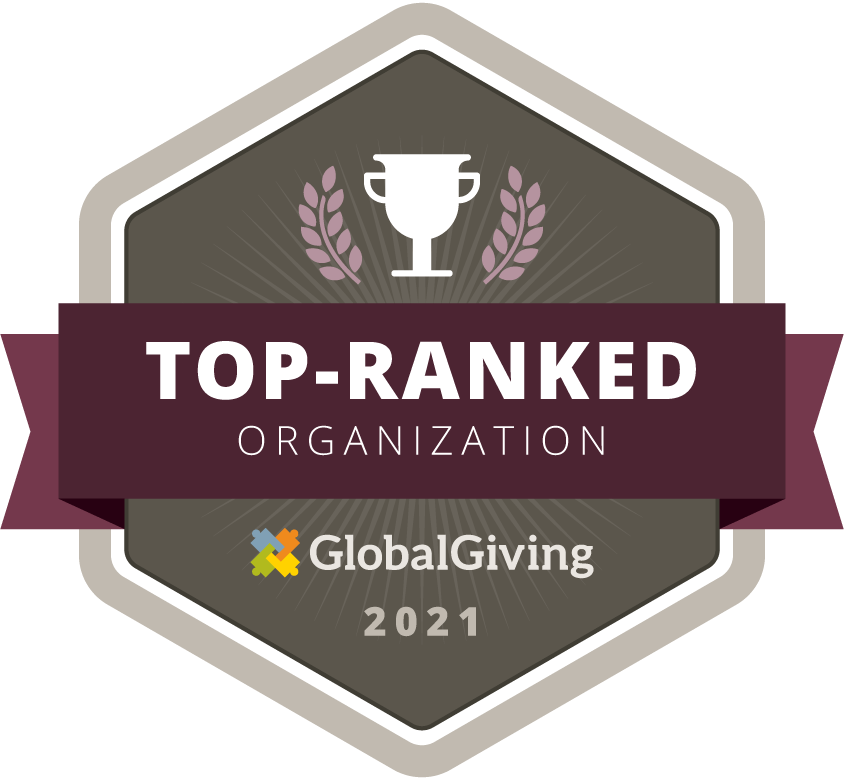The Government of Burkina Faso and It’s Policy for Farmers
Burkina Faso is a very young country only coming to its current form in 2017. It was in 1960 that this young country achieved independence from France then, in 1984, changed its name to Burkina Faso. During the first few decades after independence, the country was unstable and there were multiple coups each with a new leader. After almost three decades of strife, Blaise Compaore surmounted a final coup in 1987 that allowed him to stay in power for 27 years. When a new constitution was being formed in October 2014 for Burkina Faso an amendment limited presidents to two terms. Compaore attempted to scrap this amendment which sparked major and widespread protests. This led to Compaore stepping down and an interim government was implemented for a year. The new government took on a transitional role that overlooked the implementation of the constitution and organized Presidential and Legislative elections. In November 2015, Burkina Faso’s voters elected Roch Marc Christian Kabore as President.
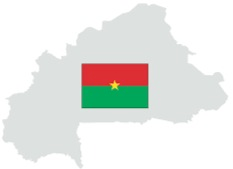
The latest constitution of Burkina Faso was adopted in 2017 and established the Presidential Republic that oversees 13 regions. The President is only elected with an absolute majority popular vote and two rounds of voting are allowed if needed. Presidents are elected for five years and are limited to two terms. In the last election of 2020, President Kabore was reelected with generally open and fair elections. Some areas of Burkina Faso were threatened with conflict so polling places were non-existent or limited. The President is able to appoint a Prime Minister with the consent of the National Assembly. The National Assembly is the unicameral legislative branch of government. With 127 seats, representatives are elected based on the proportional vote of the people for each political party.
This new country is just healing the wounds of colonial rule and political strife. Economic growth is slowly progressing and the new government is implementing policies to better the agricultural sector which takes up about ⅓ of GDP and 80% of the labor force. A major political figure in the lives of farmers is the Minister of Hydro Agriculture Development, Salifou Ouèdraogo. In June 2020, the department created 368 hectares of arable land with water control. It allows for 663 different production plots which can produce plants in any season without major climatic restraints. In 2021, 640 more hectares of land are planned to be irrigated with water control. The new plots will help increase yield which will help towards the President’s initiatives of producing one million tons of paddy rice.
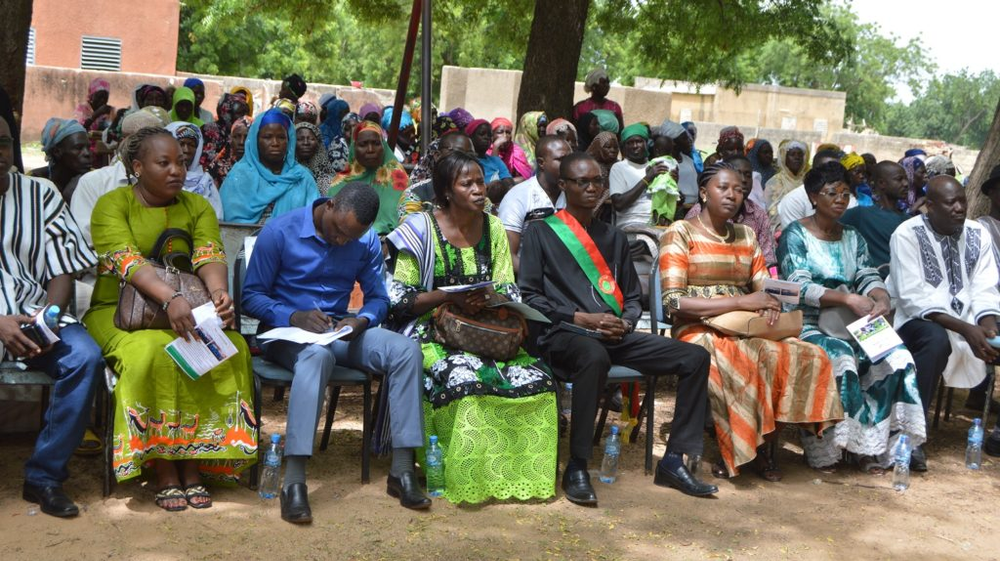
Another initiative set out by the agricultural department is new pilot farming plots. Each new plot has a solar borehole that will pump water into a water tower. They also have an irrigation system and fish ponds. These pilot plots cover just over 3 hectares and can produce a gross profit margin of 5.7 million francs.
Lastly, a major new department created by the government of Burkina Faso is The Central Supply of Agricultural Inputs and Equipment (CAIMA). This new department plans to ensure farmers have a regular supply of agricultural inputs and materials at a competitive price. At the moment, buying farm supplies, machinery and material costs a lot of money and the CAIMA is trying to lower that cost.
It is not just the Burkina Faso government that is trying to better the lives of farmers but Inter-governmental organizations are developing projects as well. The World Bank spent $470 million across Burkina Faso, Niger, and Togo to improve connectivity, security, and socio-economic opportunity. This money was focused on the Lomè-Ouagadougou-Niamey Corridor which is responsible for the transportation for 40% of Burkina Faso’s GDP and where 21% of the country’s population lives.
The World Bank is also focusing on a major part of farming that is usually left out; pasture farming. The World Bank is investing money to maintain, improve, and protect pastoral systems. This support will increase animal health, facilitate access to markets, and diversify pastoral farmers’ incomes. This project has also created infrastructure around water points, pasture for livestock, vaccination stations, livestock markets, and fodder storage.
The government of Burkina Faso and other intergovernmental organizations are diligently trying to alleviate the suffering of many farmers in the region. As this new country is slowly growing its economy, agricultural technologies are being brought in. As terror paralyzes the north and displaces millions of people, farmers need to meet the demand for food that is growing. Unfortunately, while the programs of the government and IGOs are helpful to some, rural farmers are the last to receive support. The plots of land that are being tested and constructed by the government are to help feed urban areas. Further, rural farmers barely have enough money to buy food and the CAIMA would be unhelpful because of the costs. That is why non-profits like FarmSahel are needed. Organizations like these are imperative to the well-being of those who are often forgotten, especially in a country fraught with drought and conflict. They focus on the families that need more simplistic factors that can help better their lives by providing better seed, education, fertilizer, and access to water. All missions that FarmSahel continues to strive for daily.
